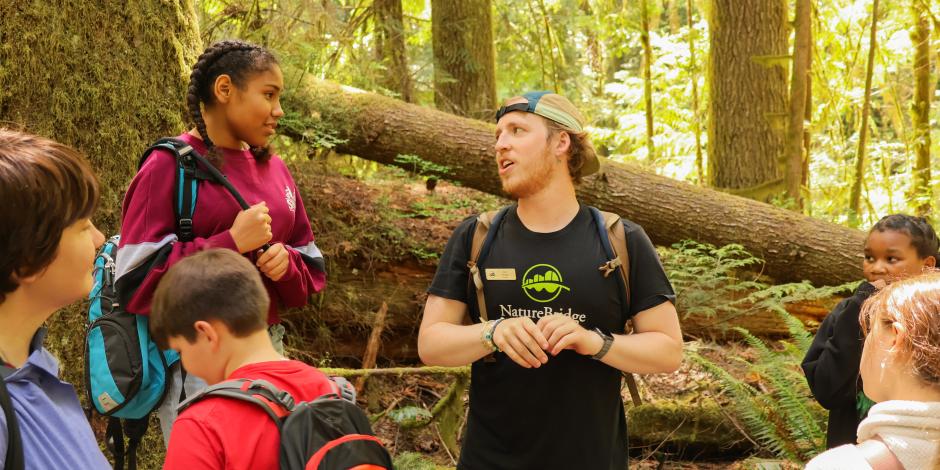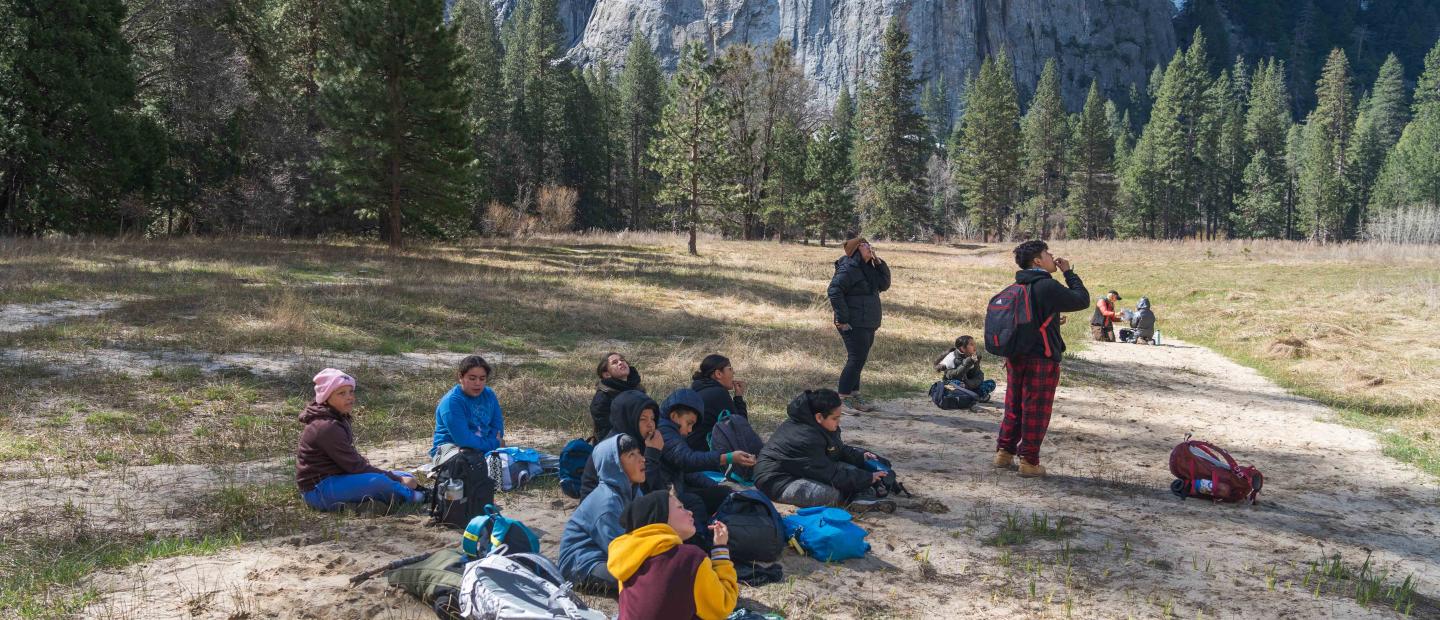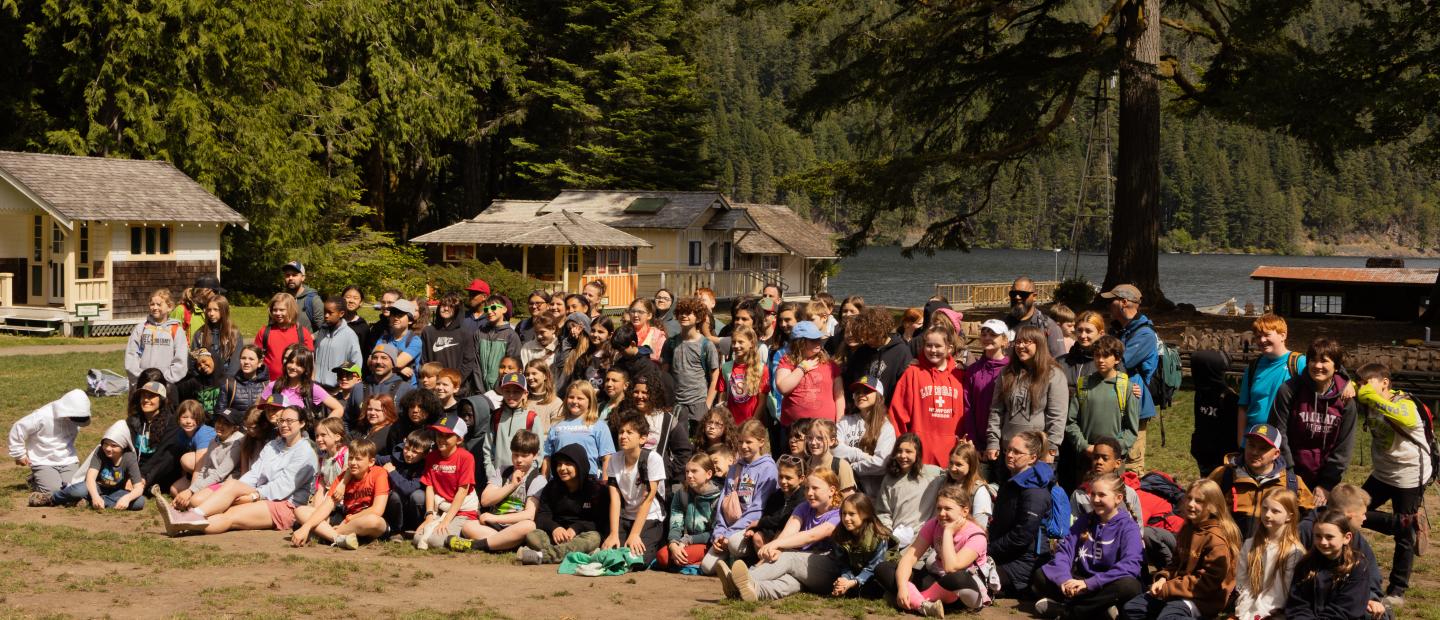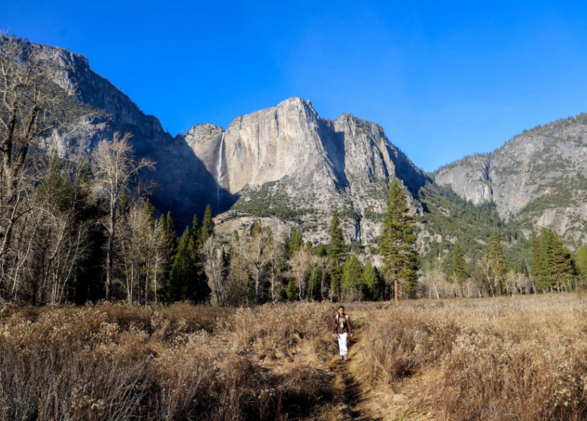Five Ways Outdoor School Programs Transform Learning: A Back-to-School Guide for Teachers

Outdoor environmental education programs like NatureBridge offer a unique and transformative approach to engaging students. A recent study by Stanford University and the North American Association for Environmental Education shows that overnight outdoor school can have profound impacts on students by improving their academic and emotional development. Here are five ways outdoor school programs can advance your students’ learning this school year.
1. Boosting Knowledge Across Subjects #
Environmental education (EE) isn’t just about nature—it’s about integrating science, math, environmental issues, human history, and more into one cohesive learning experience. Research shows that students in environmental education programs score significantly higher in critical thinking skills, helping them connect classroom lessons to real-world applications. A 9th grade student explained, “This program has changed the way I feel about school. Now I realize that I can pretty much do what anybody else can do. I have a better view of what I can be in the future.”


3. Promoting Environmental Stewardship and Sustainability #
Environmental education encourages students to adopt sustainable behaviors, like recycling and conserving water. These habits often extend beyond the classroom, influencing families and communities. Outdoor school programs can help empower the next generation of leaders and lead to lifelong environmental stewardship for students.

4. Enhancing Academic Skills #
Environmental education and outdoor school programs strengthen critical academic skills such as problem-solving, analytical thinking, and communication. By engaging in hands-on activities out in nature, students develop advanced cognitive ability and critical thinking skills. Research shows that students who are more active in nature are more motivated and enthusiastic about learning, which can translate into better academic performance. A year-long study of New York-based middle school teachers integrating EE into their traditional learning curriculum noted that, “The hands on aspect [of environmental education] is an equalizer...[for] students with a variety of learning styles and learning abilities.


